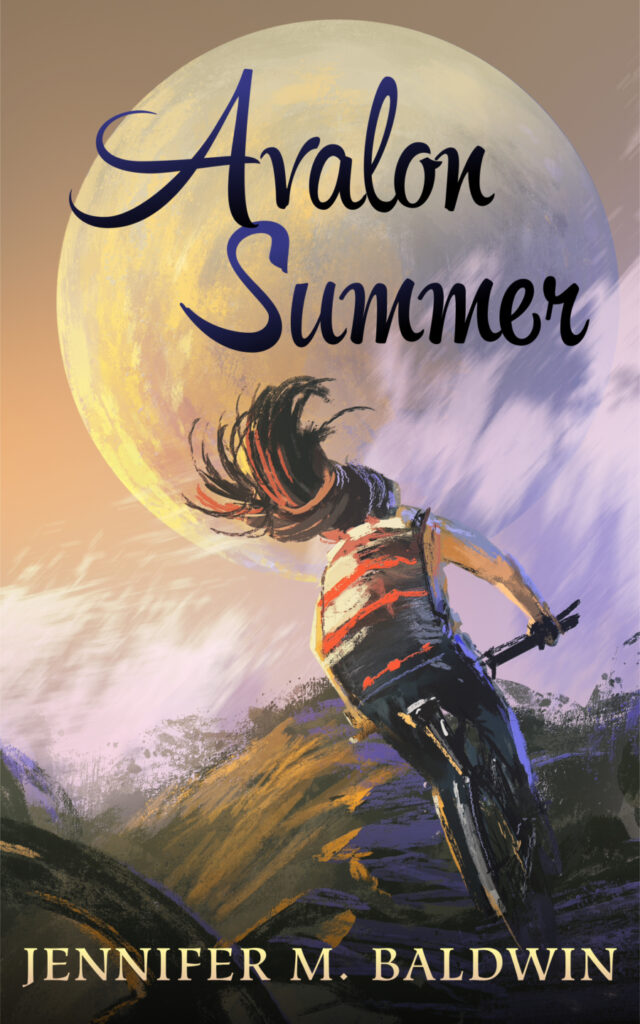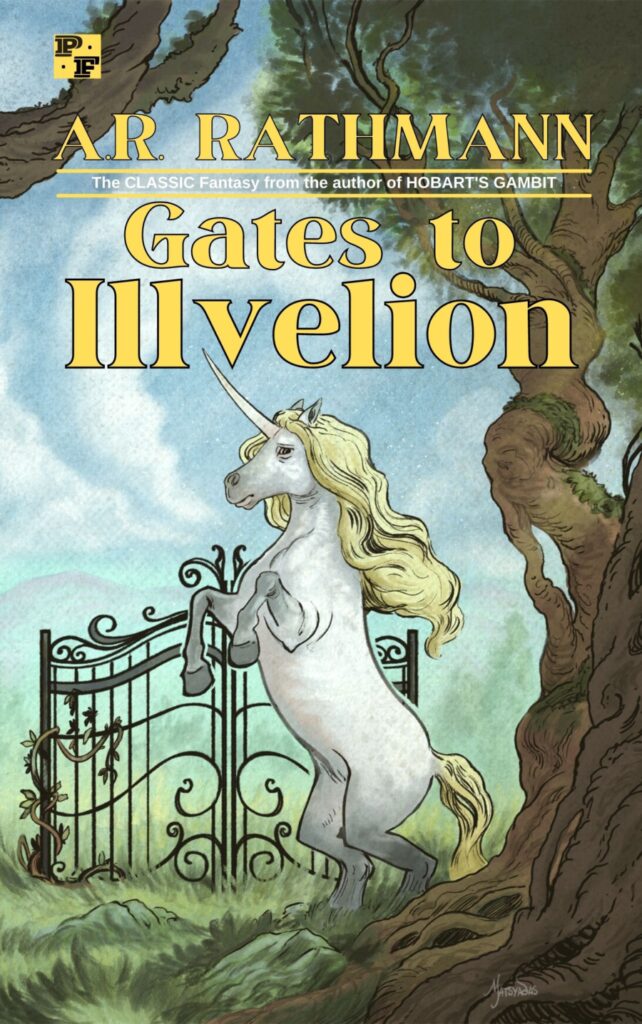SPOILERS AHEAD
First of all, Star Wars: The Force Awakens is good. I needed a second viewing to tell if it was truly good, or if it was just my Star Wars excitement that made it seem good. My second viewing confirmed it: the movie is very good. I was entertained and emotionally invested in the story and characters. This was not something I could say about The Phantom Menace.
But one thing I’ve noticed in reviews and reactions to the new movie is that people feel the need to mention that The Force Awakens is basically a retelling of Episode IV: A New Hope. This mention is made with a bit of a sigh, as if it’s a knock against the new film.
But it shouldn’t be a knock against it. The Force Awakens DOES retell A New Hope’s story, and that’s a GOOD thing. I’m not breaking any new ground by writing this, but A New Hope was successful in large part because the story Lucas wrote followed the Joseph Campbell/Hero with a Thousand Faces/Hero’s Journey thing to perfection. That is why the story resonated with so many people. It’s one of the classic narratives. I won’t go so far as to say it really IS the monomyth or whatever, but it’s a strong narrative structure that storytellers throughout the ages have returned to again and again. In copying A New Hope, The Force Awakens has tapped into one of the greatest story structures in human history.


